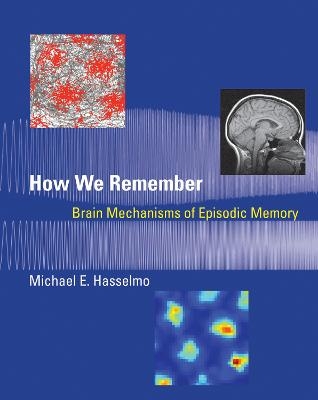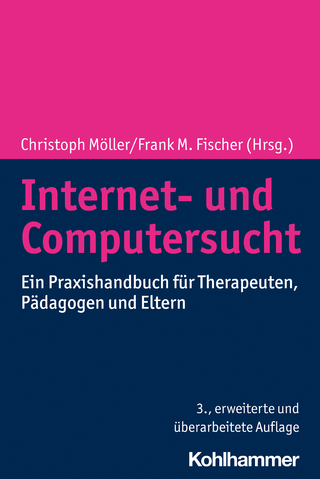
How We Remember
Brain Mechanisms of Episodic Memory
Seiten
2013
MIT Press (Verlag)
978-0-262-52533-6 (ISBN)
MIT Press (Verlag)
978-0-262-52533-6 (ISBN)
A novel perspective on the biological mechanisms of episodic memory, focusing on the encoding and retrieval of spatiotemporal trajectories.
Episodic memory proves essential for daily function, allowing us to remember where we parked the car, what time we walked the dog, or what a friend said earlier. In How We Remember, Michael Hasselmo draws on recent developments in neuroscience to present a new model describing the brain mechanisms for encoding and remembering such events as spatiotemporal trajectories. He reviews physiological breakthroughs on the regions implicated in episodic memory, including the discovery of grid cells, the cellular mechanisms of persistent spiking and resonant frequency, and the topographic coding of space and time. These discoveries inspire a theory for understanding the encoding and retrieval of episodic memory not just as discrete snapshots but as a dynamic replay of spatiotemporal trajectories, allowing us to "retrace our steps" to recover a memory.
In the main text of the book, he presents the model in narrative form, accessible to scholars and advanced undergraduates in many fields. In the appendix, he presents the material in a more quantitative style, providing mathematical descriptions appropriate for advanced undergraduates and graduate students in neuroscience or engineering.
Episodic memory proves essential for daily function, allowing us to remember where we parked the car, what time we walked the dog, or what a friend said earlier. In How We Remember, Michael Hasselmo draws on recent developments in neuroscience to present a new model describing the brain mechanisms for encoding and remembering such events as spatiotemporal trajectories. He reviews physiological breakthroughs on the regions implicated in episodic memory, including the discovery of grid cells, the cellular mechanisms of persistent spiking and resonant frequency, and the topographic coding of space and time. These discoveries inspire a theory for understanding the encoding and retrieval of episodic memory not just as discrete snapshots but as a dynamic replay of spatiotemporal trajectories, allowing us to "retrace our steps" to recover a memory.
In the main text of the book, he presents the model in narrative form, accessible to scholars and advanced undergraduates in many fields. In the appendix, he presents the material in a more quantitative style, providing mathematical descriptions appropriate for advanced undergraduates and graduate students in neuroscience or engineering.
Michael E. Hasselmo is Professor of Psychology and Director of the Computational Neurophysiology Laboratory at Boston University, where he is also a faculty member in the Center for Memory and Brain and the Program in Neuroscience and principal investigator on grants from the National Institute of Mental Health and the Office of Naval Research.
| Reihe/Serie | How We Remember |
|---|---|
| Zusatzinfo | 111 b&w illus., 8 color plates |
| Sprache | englisch |
| Maße | 178 x 229 mm |
| Gewicht | 689 g |
| Themenwelt | Geisteswissenschaften ► Psychologie ► Sucht / Drogen |
| Medizin / Pharmazie ► Medizinische Fachgebiete ► Neurologie | |
| ISBN-10 | 0-262-52533-X / 026252533X |
| ISBN-13 | 978-0-262-52533-6 / 9780262525336 |
| Zustand | Neuware |
| Haben Sie eine Frage zum Produkt? |
Mehr entdecken
aus dem Bereich
aus dem Bereich
Suchtkrankheiten in Klinik und Praxis
Buch | Softcover (2023)
Schattauer (Verlag)
48,00 €
en verhaltenstherapeutisches Manual
Buch | Softcover (2024)
Kohlhammer (Verlag)
39,00 €
Ein Praxishandbuch für Therapeuten, Pädagogen und Eltern
Buch | Softcover (2023)
Kohlhammer (Verlag)
46,00 €


